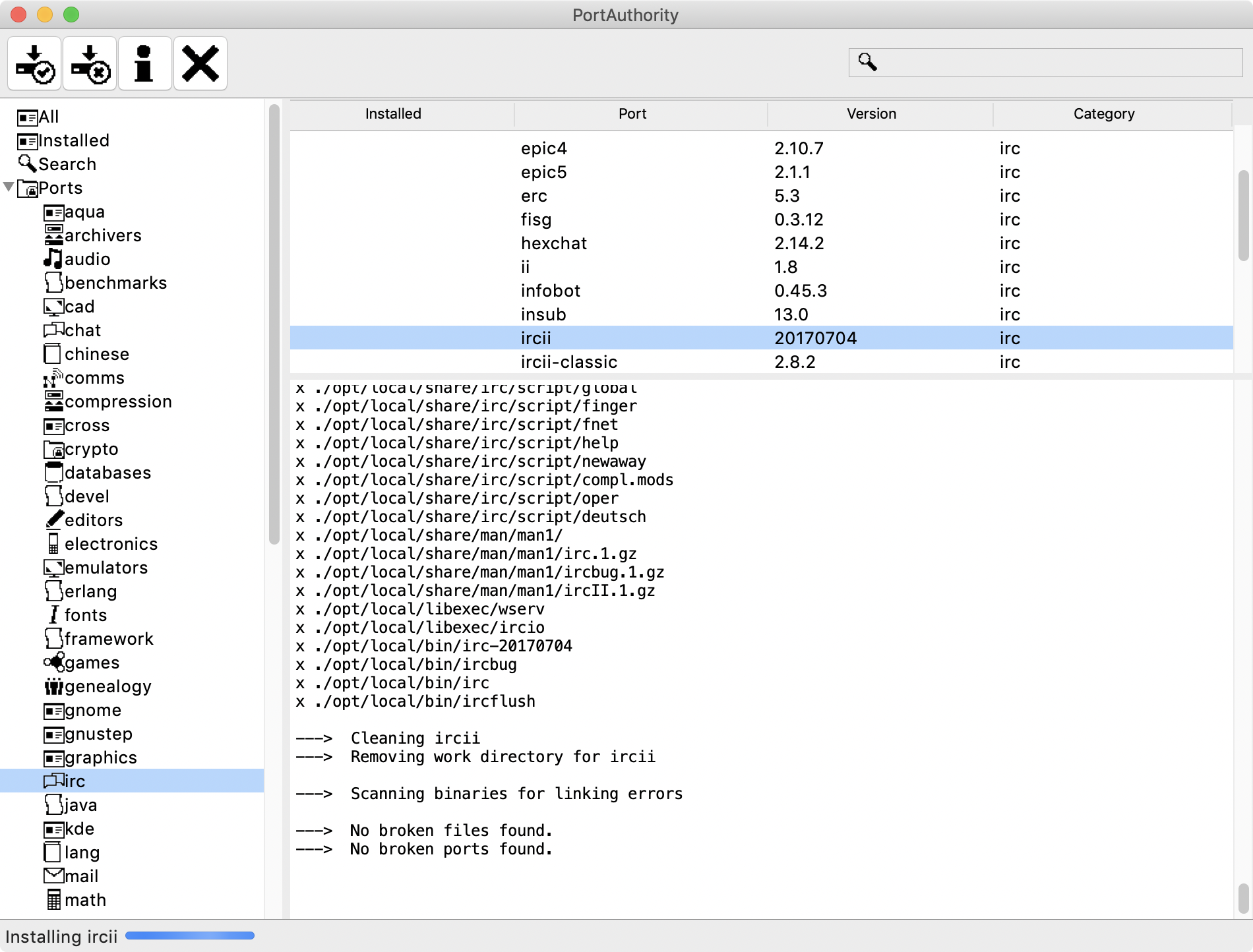As anyone knows, the state of Python GUI programming is a little
fractured at this time, with many toolkits, wrappers and meta-wrappers
dead and alive, with or without documentation.
I've come across two projects that have the appeal of striving for
simple, pythonic APIs: PyGUI and wax. The latter is a wrapper around
wxPython. It is lacking documentation but actually quite usable and
concise. The other, PyGUI, has an even nicer API and more docs but has
relatively few widgets implemented at this time. It also strives for
compatibility with several toolkits (two at this time), which I think
is the right idea.
So far, development of PyGUI seems to be a one-man effort, and it may
be slowed down by the attempt to develop the API and the
implementations concurrently. Could it be useful to uncouple the two,
such that the API would be specified ahead of the implementation? This
might make it easier for people to contribute implementation code and
maybe port the API to additional toolkits. It seems that this approach
has been quite successful in case of the Python database API. That API
defines levels of compliance, which might be a way of accommodating
different GUI toolkits as well.
I may be underestimating the difficulties of my proposed approach - I
don't have much practical experience with GUI programming myself.
Best, Michael
fractured at this time, with many toolkits, wrappers and meta-wrappers
dead and alive, with or without documentation.
I've come across two projects that have the appeal of striving for
simple, pythonic APIs: PyGUI and wax. The latter is a wrapper around
wxPython. It is lacking documentation but actually quite usable and
concise. The other, PyGUI, has an even nicer API and more docs but has
relatively few widgets implemented at this time. It also strives for
compatibility with several toolkits (two at this time), which I think
is the right idea.
So far, development of PyGUI seems to be a one-man effort, and it may
be slowed down by the attempt to develop the API and the
implementations concurrently. Could it be useful to uncouple the two,
such that the API would be specified ahead of the implementation? This
might make it easier for people to contribute implementation code and
maybe port the API to additional toolkits. It seems that this approach
has been quite successful in case of the Python database API. That API
defines levels of compliance, which might be a way of accommodating
different GUI toolkits as well.
I may be underestimating the difficulties of my proposed approach - I
don't have much practical experience with GUI programming myself.
Best, Michael




Comment